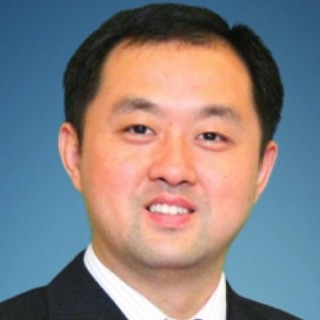This article was sponsored by Huawei and written by Linux.com.
The 2018 Open Networking Summit (ONS) is almost here. We spoke to Bill Ren, Vice President Network Industry & Ecosystem Development at Huawei recently to glean some insights on ONAP since Huawei is a founding member and top contributor to this project.
“SDN/NFV solutions have been in the market for many years but we did not see massive deployment due to lack of working standards and automation,” Bill said.

“We believe open source will help produce de facto standards faster. We need to bring automation and intelligence into networking, we need a full end to end automation platform and that is why ONAP is particularly important for networking.”
Here is what Bill had to say about the ONAP’s growing role in open networking.
Linux.com: How does adopting ONAP as a standard help all operators and vendors to innovate?
Bill: ONAP can help to set up a common framework for all operators as an onboarding resource, or to design and deploy service, manage and control the network, collect data from networks, and manage policy. Adopting ONAP as a standard means that operators can focus on service innovation rather than on the software platform itself. And, vendors can focus on innovation as ONAP removes the difficulty of OSS integration and brings an open unified marketplace for all vendors.
Linux.com: Huawei leads five of 28 ONAP projects, including SO, VNF SDK, Modeling, Integration and ONAP CLI. Why did Huawei choose those projects? What benefits do you see in those projects?
Bill: Huawei treats open source as a strategic tool to build a healthy telecom industry, and we set up a dedicated management team for networking open source projects like ONAP. We chose to lead some of these projects because they are key elements in building a healthy ecosystem. Take modeling for example. Modeling aims to build common information model for network resource and service across the whole industry. This will result in simple and quick resource onboarding and OSS/BSS integration. VNF SDK aims to build common VNF packaging and marketplace. Integration aims to support multi-cloud and multi-vendor environments. SO is the core component in ONAP that links other components so that they work together.
Huawei also chose to lead these key projects because we, as an end-to-end telecom solution leader, have the necessary resources, expertise and experience to significantly contribute. For example, we can involve our global expertise in SDOs for modelling project. And we can involve our key customer to discuss use case, requirements and POC/trials. Huawei believes an open healthy ecosystem will enlarge the total market and ultimately benefit Huawei’s business.
Linux.com: What benefits do you see in being involved in the ONAP community?
Bill: We learned a lot. ONAP brings really good architecture for network automation and this will benefit our related products. ONAP brings operator and vendor together and this will help us to understand requirements much better. ONAP will even bring a chance to try some new business model in certain area like service or cloudification. I believe we will see more and more benefits over time. I believe we will see more and more benefits over time.
Linux.com: Your keynote at Open Networking Summit is “Make Infrastructure Relevant to a Better Future.” Explain that please. What has Huawei done along these lines and how well is it working?
Bill: Yes. Building an open ecosystem and accelerating operational transformation is our industry strategy. Infrastructure operators need operational transformation to be more deeply relevant to a better digital intelligent society. And open source is the strategy tool for that. My keynote at ONS will address this point.
Basically, we believe all partners in our industry, including SDOs and open source projects, operators and vendors can work together to build an open and intent-driven cloud-friendly network to empower the digital life and vertical digitalization. I am happy to see that most network related open source projects are now merged into Linux Foundation Networking (LFN) umbrella and SDOs like MEF/TMF are cooperating with LFN. I would say it moves on the right direction.
Linux.com: What are your thoughts on the Linux Foundation Networking umbrella overall?
Bill: I look forward to LFN speeding the building of the open source networking ecosystem, and Telco operation transformation. I would like to see LFN work out a clear technical vision, flexible full stack architecture, cross-domain common models, harmonized SDO cooperation and faster production and field trials. I recommend LFN set up a strong Technical Advisory Committee (TAC) team, unified use case committee, and unified verification programs. I believe our industry has found a better way to work together, and I look forward to another quick change and successful year for our industry.
Sign up to get the latest updates on ONS NA 2018!





